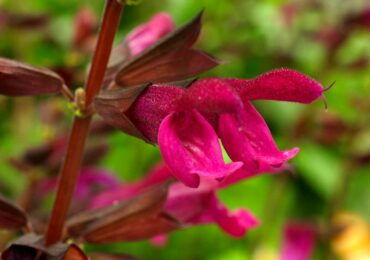
For those who want an abundance of bloom for the summer-to-fall season but prefer not to plant annuals every year, perennial salvias are a Northwest garden’s friend.
Not that long ago, except for the bedding plant salvia splendens and the culinary S. officinalis, it was hard to find many cultivated salvias for ornamental use. That’s all changed. Every year, plant breeders bring the newest hybrids of their work to the nursery table, where savvy gardeners snatch them up as quickly as they find them, for they know that salvias thrive in the garden and have a long bloom period.
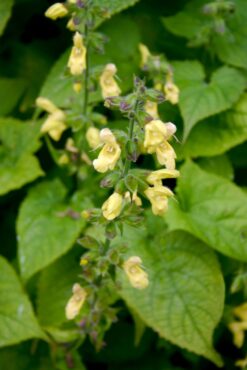
The flowers attract hummingbirds while adding cheerful, rich hues to a sunny location. Washington state’s bird, the American goldfinch, relishes the seeds. But salvia flowers are not just for the birds; they attract bees and butterflies. Salvias are a must-have herb for deer-infested neighborhoods, as most deer turn their noses away from the aromatic foliage.
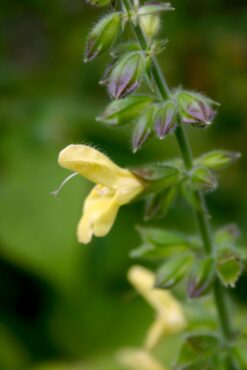
Wrap your finger around any salvia stem and you find that it’s square, not round, a tell-tale sign that it belongs in the mint family (Lamiaceae). Salvias are the largest genus in the family, with over 900 species distributed worldwide (except for Australia). Unlike mints, most salvias clump and won’t take over a garden.
Because of our Mediterranean-type climate of wet winters and dry summers, many sages perform well in our region. Drought-tolerant once established, most hardy sages thrive in our environment if provided with well-drained locations. Salvias can succumb to root rot in overly soggy conditions, especially during our wet winters.
The following are but a few abundant in nurseries every year. Try a few new ones this year — and every year, you may become an avid collector.
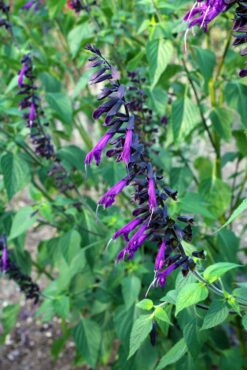
Salvia Guaranitica ‘Black and Blue’
Fans of true blue flowers love this salvia. The spikes of blue flowers are set off brilliantly by the almost black calyces (pronounced KAY-lih-seez). In the South, these plants can get up to 6 feet tall. In the Northwest, they reach between 2 to 3 feet tall. This perennial is late coming out of the ground in spring, so mark its location and don’t give up on it.
Salvia Guaranitica Hybrid ‘Amistad’
Blooming from early July until frost, friendship sage spikes are full of dark purple flowers held in nearly black calyces. It’s a summer garden favorite. Not as lanky as other guaranitica species, the plant is fuller and more compact, and its foliage is lightly anise-scented.
These perennials thrive in full sun conditions in humus-rich soil. During drought, supplemental water every week will keep them blooming until a bitter frost cuts them down.
Meadow Salvias
Plant breeder Brent D. Barnes has worked on a breeding program in Bonsall, California, propagating salvias for attractive foliage and splendid flowers on plants that thrive in the garden. The following two are some of the many successful results of his work. Both are tender perennials and can be overwintered in a frost-free garage or shed.
-
Salvia x Hybrida ‘BBSAL09001’
Are you looking for tall sages? This newer introduction is freely branching and grows 30-40 inches tall by 24-30 inches wide. The stunning, semi-evergreen plant carries its flowers on tall spikes. The purple blossoms nestle into the dark violet, almost black tubular calyces and smother the plant during summer, with about 95 flowers per stem. You would think it would bend the limbs with an abundance of inflorescence, yet the intense, dark purple branches hold up well. Because the flowers are sterile and don’t produce seeds, there is no need to deadhead the blossoms — a boon for busy gardeners.
-
Salvia x Hybrida ‘BBSAL00301’
The salvia from the Rockin’ series (Rockin’ Fuchsia Salvia) is a hottie and commonly called meadow salvia. A little shorter than Salvia ‘BBSAL09001,’ it reaches 30 inches tall by 30 inches wide. Plant these in groups of three or more and you’ll be ducking the hummingbirds storming the flowers.
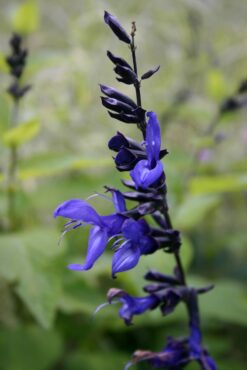
Salvia Microphylla ‘Hot Lips’
Anyone looking at this popular perennial knows that this two-toned flower is a hummingbird attractor. The 3-foot-tall, 3-foot-wide plant smothers itself in hot red and white flowers. The foliage is smaller and finer than other salvias. Some years, the flowers will be red without white, but they can flower the following year again with the two-tone blossoms.
Salvia Koyamae
This 1-foot-tall perennial species is not your typical sun-loving salvia. It’s a sage for the shade, plus it covers the ground, weaving its way between other plants. The large, fuzzy, arrow-shaped foliage gives a bold contrast planted next to a finer-texture foliage plant such as our native Western maidenhair fern (Adiantum pedatum ssp. aleuticum).
Most yellow-flowering salvias are too tender for our region, but this species is amply hardy. Spikes of pale yellow flowers appear in late summer to fall. The plants grow best in partial shade, where they can spread out. It’s not invasive, yet the woodland sage can be aggressive and overrun small plants.
The woodland sage is native to only one island — Honshu, the largest island in Japan. Salvia koyamae is rarely found growing in the wild anymore. This woodlander needs some supplemental water during heat waves and prolonged droughts.
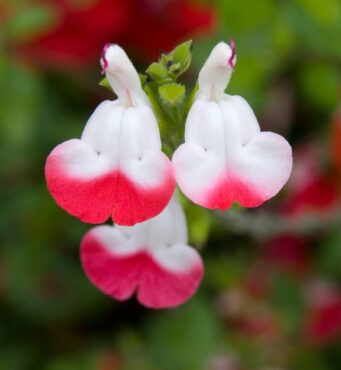
Color in the Foliage
Although Salvia elegans ‘Golden Delicious’ is a tender perennial, it’s grown for its golden foliage in mixed containers and in the garden.
The species Salvia elegans is commonly called pineapple sage. The herb has a long history of being potted up and spending the winter on a windowsill inside. Another way to save them is to take nonflowering stem cuttings from plants earlier in the season and bring them inside.
Both the golden leaves and the bright red flowers are edible.
Salvia Officinalis ‘Purpurascens’
Purple potatoes, “Purple Rain” — everything’s coming up purple, including this culinary herb. Purple sage sounds more like a song Prince would sing.
The sage is a beauty in a mass planting or a small grouping. The soft gray-green, strongly aromatic leaves with a twist of purple are subtle and delicate. Most people grow this for the foliage, but you can have your purple sage as a flowering ornamental in the garden and flavor with it, too.
At Thanksgiving, stuff your turkey with purple sage; nobody will notice a taste difference. Nor will anyone discover how fond you are of the color unless you wear your purple walking shoes to dinner.




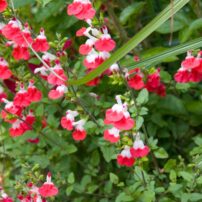
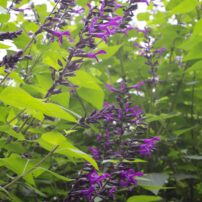
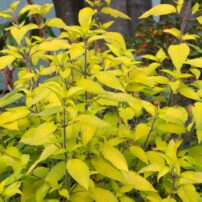
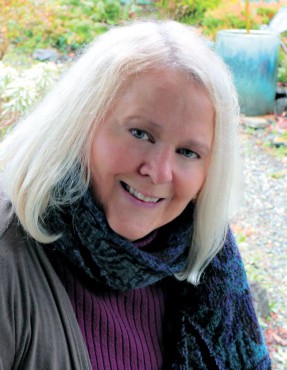























Comments